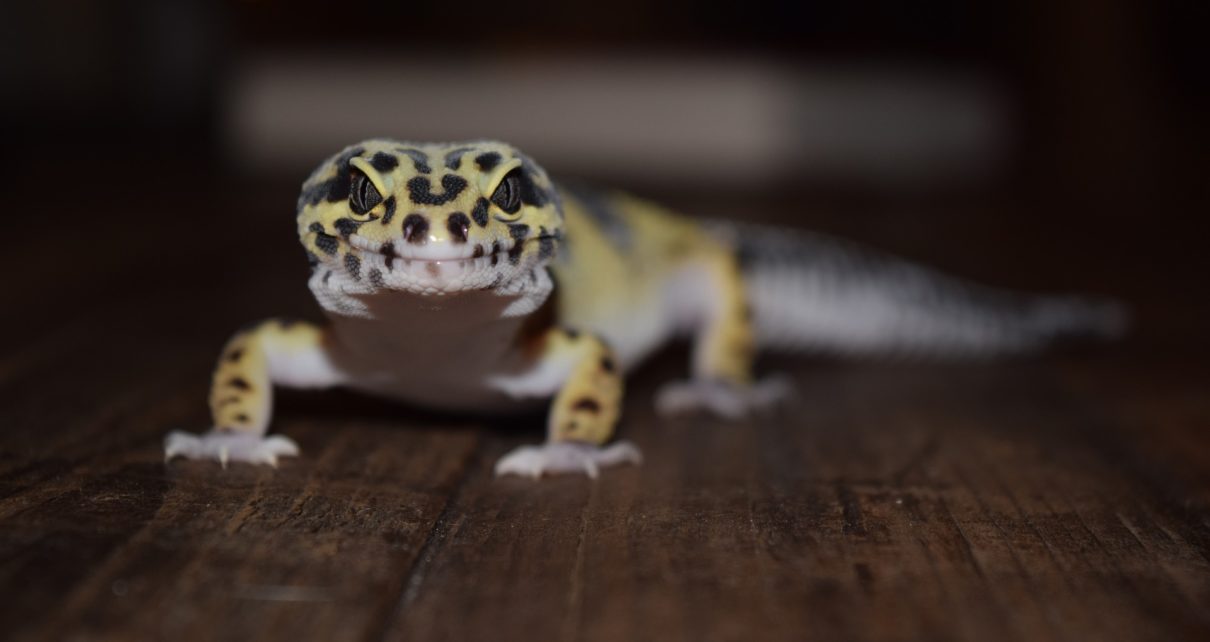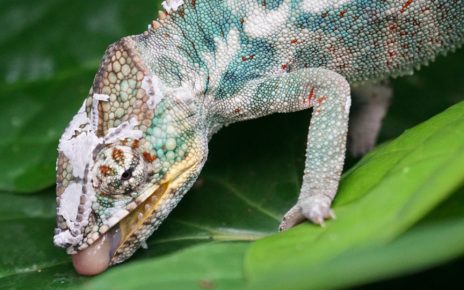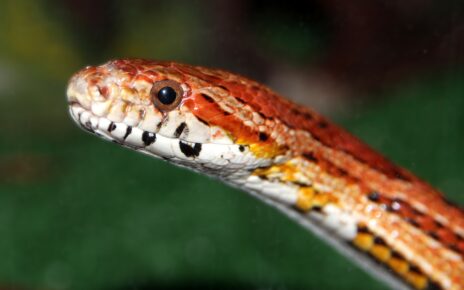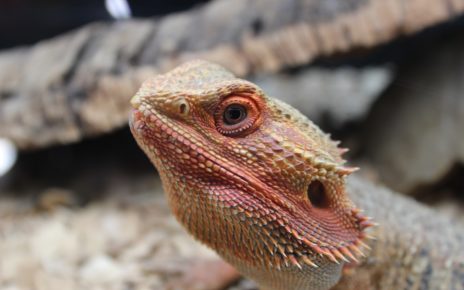Can You Overfeed a Leopard Gecko? Yes, you can overfeed a leopard gecko, but most leopard geckos will stop eating when they’ve had enough to eat.
Overfeeding a leopard gecko is a common mistake new leopard gecko owners make. The biggest problem is that it can be challenging to judge how much your leopard gecko needs to eat. Also, some insects contain more calories that can cause your leopard gecko to rapidly gain weight.
Continue reading the rest of this article for more information on how to take care of a leopard gecko, so you can keep them at a healthy leopard gecko weight.
Leopard Gecko Eating Too Much
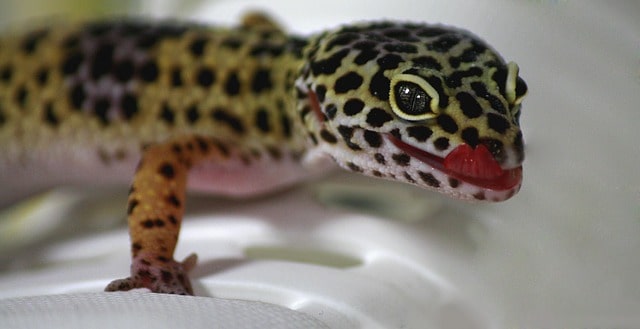
Most leopard geckos will usually stop eating when their stomach is full, but some leopard geckos have an insatiable appetite. If you think your leopard gecko is eating an excessive amount of food then you’ll want to closely control how much they eat.
When your leopard gecko eats too much on a regular basis it can lead to excessive weight gain and intestinal problems, and they might even regurgitate their food if they overeat.
If you have a voracious leopard gecko there are a few things that you can do to help limit the amount of food your leopard gecko eats:
Hand Feeding
You can try hand-feeding your leopard gecko if you want to control the exact amount of insects they eat. Feeding Tongs (Buy Online) can be used to feed them one insect at a time to limit their food intake. This method of feeding a leopard gecko will give you a better idea of how much food they need to consume in order to maintain a healthy weight.
Bowl Size
A properly sized Insect Feeding Bowl (Buy Online) can help limit your leopard gecko’s portion size. This will help you avoid overfilling their bowl with feeder insects, and it will limit the risk of insects escaping into your leopard geckos cage.
Nutrient-Dense Food
Sometimes a leopard gecko will overeat if they aren’t getting all the nutrients they need from their regular diet. That’s why it’s a good idea to feed them a nutrient supplement like Repashy Calcium Plus (Buy Online).
How Often Do Leopard Geckos Eat
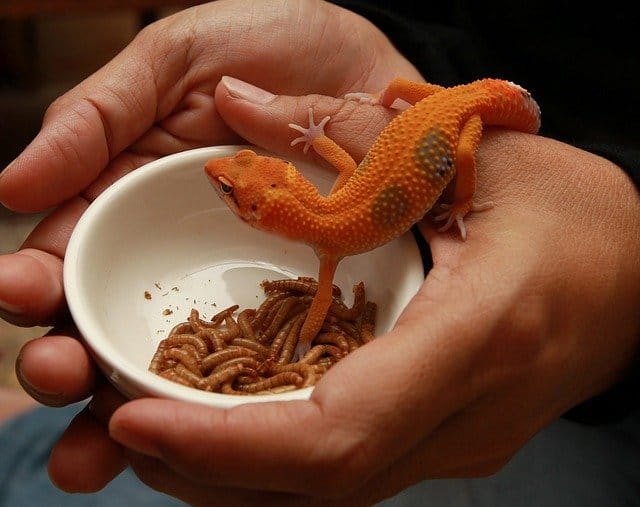
Leopard geckos need to eat more often when they are young to fuel their rapid growth and development. As they age they will need to eat larger portions, but they will need to be fed less frequently.
Leopard Gecko Feeding Schedule
Young Leopard Geckos (Under 1 Year Old): Feed 8 to 10 small insects several times a day
Adult Leopard Geckos (1+ Years Old): Feed multiple larger insects 3 to 4 times a week
Healthy Leopard Gecko Weight
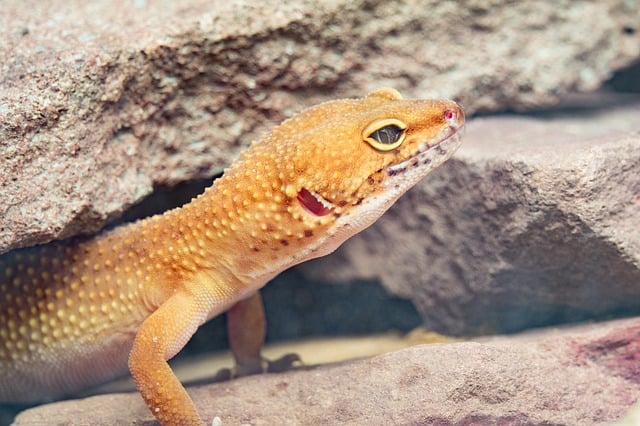
An average healthy leopard gecko weight can range from 45 to 65 Grams. Some leopard geckos can reach 100 to 120 grams, but if they weigh any more than that they are probably overweight.
Overweight Leopard Gecko
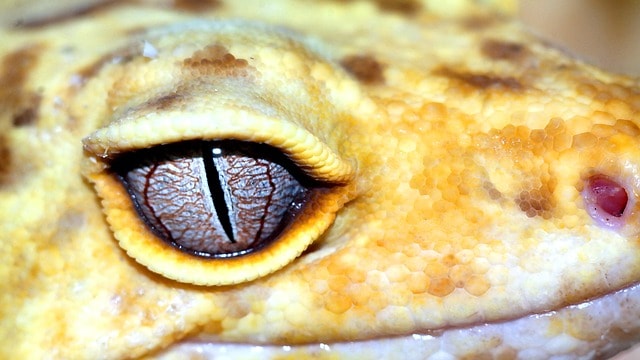
Leopard geckos deposit fat in their tail as a way to store excess energy for times when food is scarce. This adaptation works perfectly in the wild, but it has its drawbacks when we keep leopard geckos in captivity.
A healthy leopard gecko should always have some fat stored in their tail, but their tail shouldn’t become bulbous or misshapen. At that point, a leopard gecko won’t be able to store any more fat in their tail, and they will start depositing fat in their organs and throughout their body.
An overweight leopard gecko can start to develop a fatty liver which can be a serious debilitating health problem. That’s why it’s really important to avoid overfeeding your leopard gecko for them to live a long healthy life, and so they don’t end up getting fatty liver disease.
What causes a leopard gecko to get fat?
Overfeeding a leopard gecko is one of the main causes of obesity
Fatty feeder insects can also lead to weight gain
Freeze-dried insects can cause a leopard gecko to get fat since they are very calorie-dense, and they lack moisture which can make your leopard gecko overeat.
Leopard Gecko Feeder Insects
Low Fat Feeder Insects
Crickets
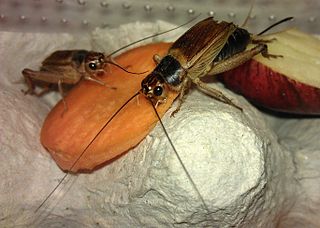
Crickets (Buy Online) are a low-fat feeder insect that most leopard geckos love to eat. They also won’t cause your leopard gecko to quickly gain weight since they only have a 6% fat content. Also, crickets are an excellent protein source (20% protein), and they are easy to gut load with calcium using a special cricket food.
Hornworms
Hornworms (Buy Online) are a large fast-growing feeder insect that geckos love to eat. They have a 9% protein content and a 3% fat content, which makes them one of the lowest fat feeder insects you can feed a leopard gecko. Hornworms are also an excellent source of calcium (46.4mg/100g).
Silkworms
Silkworms (Buy Online) are a healthy feeder insect that’s a great diet food for an overweight leopard gecko. They only have a total fat content of 1.1%, which makes them an extremely low-fat feeder insect. They are also a good source of protein at 9.9%, and they will provide your leopard gecko with a good amount of B-vitamins and calcium.
High Fat Feeder Insects
Waxworms
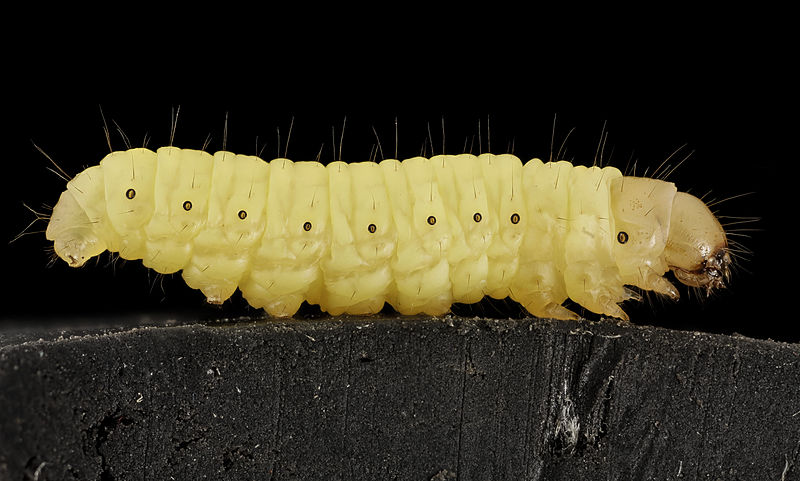
Waxworms (Buy Online) are very high in fat, so you wouldn’t want to feed them to your leopard gecko on a regular basis. They can have a fat content that ranges from 20 to 25%, and they should only be fed to a gecko sparingly as treats, or if you have an underweight gecko to quickly fatten them up.
Butterworms
Butterworms (Buy Online) are a tasty treat that leopard geckos love to eat, but they should only be served to a leopard gecko in small quantities since they have a high-fat content.
Leopard Gecko Care
What Do Leopard Geckos Eat in The Wild
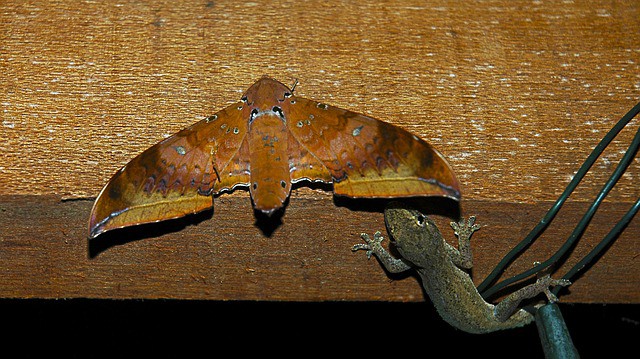
In the wild, a leopard gecko will eat a wide variety of insects such as spiders, scorpions, centipedes, grasshoppers, crickets, and beetles. Geckos also have been known to eat other small lizards, snakes, and even newborn rodents.
Resources:

